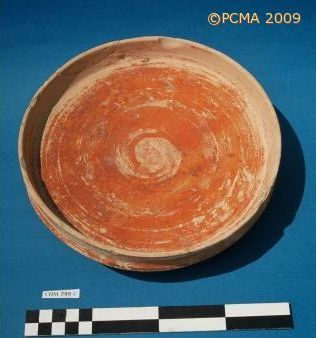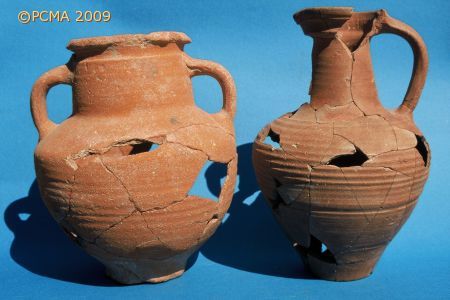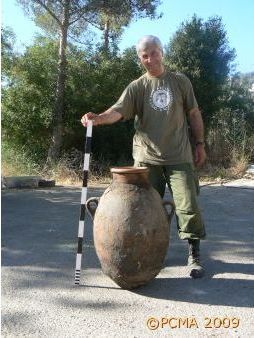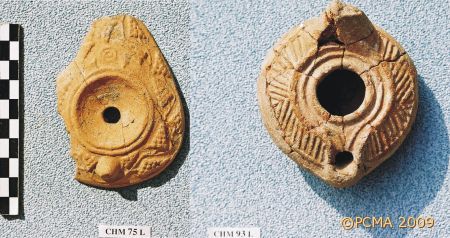Chhim (Lebanon)
Chhim 2007
An Unexpected Study Season
Dates: 17 June – 28 July 2007
Team:
Dr. Tomasz Waliszewski – director (Institute of Archaeology, University of Warsaw)
Dr. Krzysztof Domżalski – ceramologist (Institute of Archaeology and Ethnology, Polish Academy of Sciences)
Jolanta Gorniak – architect (Warsaw University of Technology)
Karol Juchniewicz – archaeologist (Institute of Archaeology, University of Warsaw)
Kazimierz Kotlewski – photographer
Magdalena Makowska – documentalist
Agnieszka Szulc – archaeologist
Urszula Wicenciak – ceramologist
Students – Iwona Brodzka, Mariusz Gwiazda, Elżbieta Strachocińska (Institute of Archaeology, University of Warsaw); Natalia Sikorska, Anna Tomkowska, Radosław Tusznio (Department of Art Conservation and Restoration of the Academy of Fine Arts in Warsaw)
Political tensions in the Middle East affected this year’s work of the PCMA archaeological and conservation missions in Lebanon. As it was not possible to excavate, the work of the 12-strong team from the PCMA was dedicated to bringing the studies on the various categories of small finds to a close.
This unforeseen study season sped up the preparation of a publication which will present the results of the research conducted at Chhim in the seasons of 1996 – 2005 (Bulletin d’Archéologie et d’Architecture Libanaises, Supplement 2008).
About 1,000 fragments of fineware pottery were documented in full. in the assemblage from the 1st century BC through the 1st century AD was characterized by Eastern Sigillata A forms. These were replaced in later periods, especially towards the end of the 5th and in the first half of the 6th century AD, by LRC/PhRS (Late Roman C / Phocean Red Slip) forms, superseded later still by CRS (Cypriot Red Slip) pottery. This kind of ware disappeared completely by the 7th century AD.

Coarse wares, which outnumber the finewares by far, present more of a challenge for interpretation. Pithoi, jars, bowls, plates and cooking pots found profusely in the Roman-Byzantine villages are mostly regional products with little, if any, resemblance to counterparts from the coast and nearby Beirut. The least that can be said is that the forms of these vessels have clear links to the pottery production of southern Lebanon and the Galilee.


Local products prevail also among the oil lamps found at Chhim. Forms recall lamps known from Sidon, for example, and from a limited number of finds from Beirut. Standing out in the more recent material is a group of ovoid lamps. They were produced on the Levantine coast from the 6th to the 8th century AD.

Molds for the manufacture of such lamps found at Jiyeh (another of the PCMA sites in Lebanon) attest to a local production of this category of objects in settlements along the seacoast, to the south of Beirut.
[Text: T. Waliszewski]
